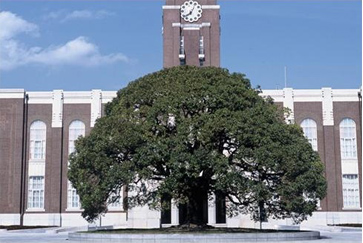
Keynote Speakers
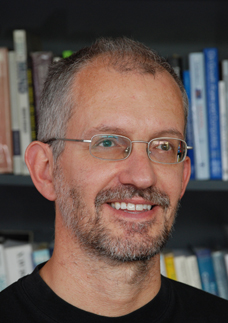
Dec. 20th (11:10-12:00)
Swarm-bots and Swarmanoid: Two Experiments in Swarm RoboticsProf. Marco Dorigo
IRIDIA, Université Libre de Bruxelles
Abstract
-
Swarm intelligence is the discipline that deals with natural and artificial systems composed of many individuals that coordinate using decentralized control and self-organization. In particular, it focuses on the collective behaviors that result from the local interactions of the individuals with each other and with their environment. The characterizing property of a swarm intelligence system is its ability to act in a coordinated way without the presence of a coordinator or of an external controller. Swarm robotics could be defined as the application of swarm intelligence principles to the control of groups of robots.
In this talk I will discuss results of Swarm-bots and Swarmanoid, two experiments in swarm robotics.
A swarm-bot is an artifact composed of a swarm of assembled s-bots. The s-bots are mobile robots capable of connecting to, and disconnecting from, other s-bots. In the swarm-bot form, the s-bots are attached to each other and, when needed, become a single robotic system that can move and change its shape. S-bots have relatively simple sensors and motors and limited computational capabilities. A swarm-bot can solve problems that cannot be solved by s-bots alone.
In the talk, I will shortly describe the s-bots hardware and the methodology we followed to develop algorithms for their control. Then I will focus on the capabilities of the swarm-bot robotic system by showing video recordings of some of the many experiments we performed to study coordinated movement, path formation, self-assembly, collective transport, shape formation, and other collective behaviors.
I will conclude presenting recent results of the Swarmanoid experiment, an extension of swarm-bot to 3-dimensional environments. Speaker Bio
-
Marco Dorigo received his Ph.D. degree in electronic engineering in 1992 from the Politecnico di Milano, Milan, Italy, and the title of Agrégé de l’Enseignement Supérieur from the Université Libre de Bruxelles, Brussels, Belgium, in 1995.
From 1992 to 1993, he was a Research Fellow at the International Computer Science Institute, Berkeley, California. In 1993, he was a NATO-CNR Fellow, and from 1994 to 1996, a Marie Curie Fellow. Since 1996, he has been a tenured Researcher of the FNRS, the Belgian National Funds for Scientific Research, and a Research Director of IRIDIA, the artificial intelligence laboratory of the Université Libre de Bruxelles. He is the inventor of the ant colony optimization metaheuristic. His current research interests include swarm intelligence, swarm robotics, and metaheuristics for discrete optimization. He is the Editor-in-Chief of Swarm Intelligence, and an Associate Editor or member of the Editorial Boards of many journals on computational intelligence and adaptive systems.
Dr. Dorigo is a Fellow of the Institute of Electrical and Electronics Engineers (IEEE) and of the European Coordinating Committee for Artificial Intelligence (ECCAI). He was awarded the Italian Prize for Artificial Intelligence in 1996, the Marie Curie Excellence Award in 2003, the Dr. A. De Leeuw-Damry-Bourlart award in applied sciences in 2005, and the Cajastur International Prize for Soft Computing in 2007. He is the recipient of an ERC Advanced Grant (2010).
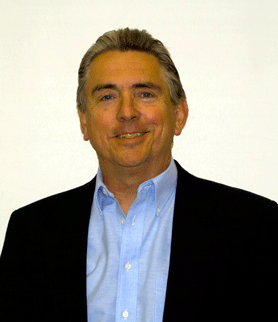
Dec. 21st (11:00-11:50)
Towards a Sensor Based Precision Agricultural SystemProf. Francis J. Pierce
Professor Emeritus, Washington State University and Principal in AgInfomatics, LLC
Abstract
-
Precision agriculture is technology enabled, information based, decision focused. While numerous precision agricultural technologies and practices have been implemented over the last few decades, a fully integrated precision agricultural system has not yet been achieved in the US. Ultimately, a precision agricultural system will be dependent on automation. Automation implies not only a high level of technology associated with input control, but an equally high level of specificity of production functions that drive management decisions. For example, while irrigation control can be achieved at the individual nozzle, the limiting factor to precision irrigation is lack of site-specific production functions that drive the irrigation management decision. Sensors are key to achieving a fully integrated precision agricultural system as they provide the spatial and temporal data needed to support real and near-real time management decisions. Developing production functions that are linked to the features of the sensors (sensitivity or scale) and integrating sensor based management into an effective decision support system will be critical. This paper explores the concept of a sensor based precision agricultural system with a decision support system embedded in a cloud based information management and delivery system optimized to produce value.
Speaker Bio
-
Dr. Pierce is Professor Emeritus and former Director of the Center for Precision Agricultural Systems at Washington State University. He is Past-President of the American Society of Agronomy, is a fellow in the American Society of Agronomy and the Soil Science Society of America, was the first recipient of the Pierre C. Robert Precision Agriculture Senior Scientist Award, and received the USDA Distinguished Service Award. Dr. Pierce's research interests in agricultural production include soil management for crop production and conservation, precision agriculture, sensor networks for real-time monitoring and control, and agricultural automation for specialty crop production. He co-authored the National Tree Fruit Technology Roadmap, is the series editor for the CRC Press book series "GIS Applications in Agriculture", and is a co-editor for forthcoming books on "Automation - The Future of Weed Control" and "Agricultural Automation: Fundamentals and Practices". Dr. Pierce received MS and Ph.D. degrees in Soil Science from the University of Minnesota and a BS degree in Geology from the State University of New York.
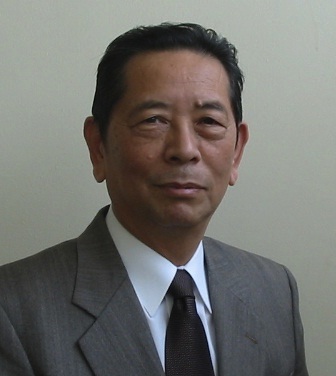
Dec. 21st (12:50-13:40)
Earthquake prediction by integrated measurements of electromagnetic phenomenaProf. Masashi Hayakawa
University of Electro-Communications, Professor Emeritus
Abstract
-
Earthquake(EQ) prediction has been continued for years on the basis of conventional seismic (mechanical) measurement, but it is found that EQ prediction is impossible with this seismic measurement. Since the Kobe EQ in 1995, there appeared a new and promising approach of EQ prediction based on the electromagnetic effects, and we had a great progress in the study of seismo-electromagnetics during the last decade. Even though the main cause was the EQ-associated tsunami, the great loss of human lives in the Great East Japan EQ reminds us of the substantial importance of short-term(of the order of a few days to a few weeks) EQ prediction. For example, there have been proposed a few possible candidates for EQ prediction including the ionospheric perturbations, ULF (ultra-low- frequency) emissions etc. We recently believe that the EQ prediction is highly likely to be possible by integrated observations (ground and satellite) of different electromagnetic phenomena. Finally, we comment on the mechanism of the lithosphere-atmosphere-ionosphere coupling.
Speaker Bio
-
Masashi Hayakawa was born in Nagoya, Japan on February 26, 1944. He got his MS degree and Ph.D. all from the Department of Electrical Engineering of Nagoya University in 1968 and 1974 respectively. He joined the Research Institute of Atmospherics, Nagoya University as a Research Associate in 1970, and became Assistant Professor in 1968, and Associate Professor in 1969. Dr. Hayakawa worked for the Sheffield University (UK) as a Visiting Lecturer in 1976, and as a Visiting Professor at Centre de Recherches en Physique de l'Environnement (France) in 1980-1981. Since 1991 Dr. M. Hayakawa has been a Professor of The University of Electro-Communications, Tokyo. He has authored and co-authored more than 400 refereed jounal papers and also many conference papers. His interest are very diverse; magnetospheric/ionospheric radio emission, atmospheric electricity (Schumann resonance, Sprite etc.), seismo-electromagnetics, EMC, direct and inverse problems of wave propagation, modern methods of signal processing seismogenic radio emission. One of his latest monographs is "Seismo Electromagnetics: Lithosphere - Atmosphere - Ionosphere Coupling" (TERRAPUB, Tokyo, 2002), which is a well-known reference book in the field of seismo-electromagnetics. He was the international Chair of Commission E of URSI, and is the formar president of the Society of Atmospheric Electricity of Japan. He is now Associate editor of Radio Science (USA), Editor of J. Atmos. Electricity (Japan), and on the Editorial Board of Indian Jour. of Radio and Space Physics. He is a member of URSI, American Geophysical Union, The Society of Atmospheric Electricity of Japan, The Society of Geomagnetism and Earth, Planetary and Space Science, Institute of Electronic Information and Communication Engineers; Japan, Institute Electrical Engineers of Japan etc.
Dec. 21st (14:00-14:50)
Smart Grids as Systems of Systems: Addressing Global Energy and Environmental ChallengesDr. Tariq Samad
Honeywell Automation and Control Solutions, Minneapolis, Minnesota, U.S.A.
Abstract
-
Smart grids are a prominent topic worldwide, across technology, business, regulatory, and other domains. The interest is driven by a set of considerations—climate change, energy security, economics—that are also globally relevant. For all the common interests, however, substantial differences exist among regions and nations regarding priorities and capabilities. Points of differentiation are numerous and include renewable generation capacities, domestic fuel supplies, public opinion regarding fossil-fuel use and nuclear power, transmission infrastructure, industry business models, and regulatory constraints.
This presentation will discuss smart grids as loosely coupled systems of systems. System integration issues and prospects will be noted. Particular attention will be paid to demand management, including automated demand response; the integration of new devices, communications, and solutions; the coupling of power systems and electricity markets, for example with dynamic pricing; and the topic of “microgrids.” Examples from all end-use sectors—residential, commercial, and industrial—will be included. The presentation will also highlight the global nature of smart grid developments, identifying common themes and varied priorities. Particular attention will be paid to the need for international standards, which, if done right, will enable the vision of “plug-and-play” integration of products, solutions, and services to be realized. Speaker Bio
-
Tariq Samad is a Corporate Fellow with Honeywell Automation and Control Solutions, based in Minneapolis, U.S.A.. His career with Honeywell has spanned 25 years, during which time he has contributed to, and led, automation and control technology developments for applications in electric power systems, the process industries, building management, automotive engines, unmanned aircraft, and clean energy. His research interests relate broadly to automation, intelligence, and autonomy for complex engineering systems.
Dr. Samad is a Fellow of the IEEE and the recipient of several awards including the 2008 IEEE CSS Control Systems Technology Award. Dr. Samad served as the President of IEEE Control Systems Society in 2009 and he will be the President Elect for the American Automatic Control Council in 2012. He was editor-in-chief of IEEE Control Systems Magazine from 1998 to 2003. He was the Program Chair for the 2004 IEEE International Symposium on Intelligent Control (Taiwan) and he is the General Chair for the 2012 American Control Conference (Montréal). Dr. Samad holds 17 patents and has authored or coauthored over 100 publications, including the recent online report, The Impact of Control Technology (ieeecss.org/main/IoCT-report). He currently serves on the editorial board of IEEE Press. He represents Honeywell on the Global Carbon Capture and Storage Institute and he is a member of the Governing Board of the U.S. Smart Grid Interoperability Panel. Dr. Samad holds a B.S. degree in Engineering and Applied Science from Yale University and M.S. and Ph.D. degrees in Electrical and Computer Engineering from Carnegie Mellon University.
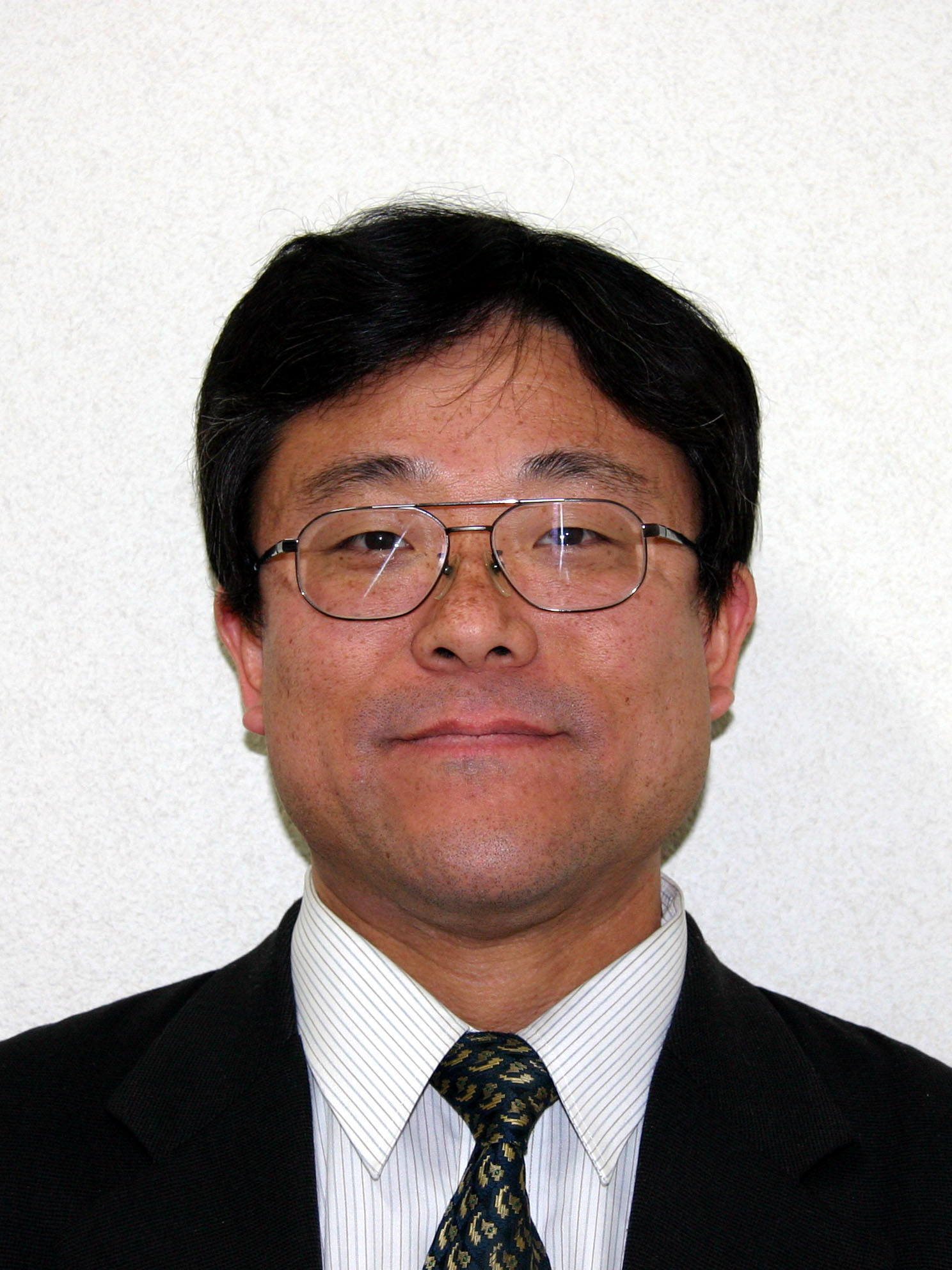
Dec. 22nd (11:40-12:30)
Robotic Response in East Japan EarthquakeProf. Satoshi Tadokoro
Tohoku University / International Rescue System Institute
Abstract
-
In Great East Japan Earthquake, some robots were applied for the response and recovery. It is expected that many robotic systems will be used for safety and security in the future. This talk will introduce the applications to the 3.11 disaster including robot missions in Fukushima-Daiichi Nuclear Plant. The desired function of rescue robots, robotics technology, research and development will be discussed as well as necessary social systems for response.
Speaker Bio
-
Satoshi Tadokoro received the B. E. degree in precision machinery engineering in 1982, the M. E. degree in 1984 from the University of Tokyo, and the D. E. degree in 1991. He was an associate professor of Kobe University in 1993-2005, and has been a professor of Graduate School of Information Sciences, Tohoku University since 2005. He was a project leader of MEXT DDT Project on rescue robotics in 2002-2007 having contribution of more than 100 professors nationwide. He established RoboCupRescue in 1999, TC on Rescue Engineering of SICE in 2000 (the first chair), IEEE Robotics and Automation Society (RAS) TC on Safety, Security and Rescue Robotics in 2001 (the first co-chair), and International Rescue System Institute (IRS) in 2002. He was IEEE RAS Japan Chapter Chair in 2003-2005, trustee of The RoboCup Federation in 2005-2010, Chair of JSME Robotics Mechatronics Division (RMD) in 2009, and IEEE Robotics and Automation Society AdCom member in 2008-2010. He is at present President of IRS, and IEEE RAS Vice President Elect for Technical Activities. He received IEEE Fellow in 2009, JSME Fellow in 2005, SICE Fellow in 2011, The Robot Award 2008, FDMA Commissioner Highest Award in 2008, JSME Funai Award in 2007, Best Book Author Award from AEM Society in 2006, JSME RMD Academic Achievement Award in 2005, etc. He published Rescue Robotics from Springer, RoboCupRescue from Kyoritsu Publ., etc. His research interest is in rescue robotics, virtual reality and new actuators.



